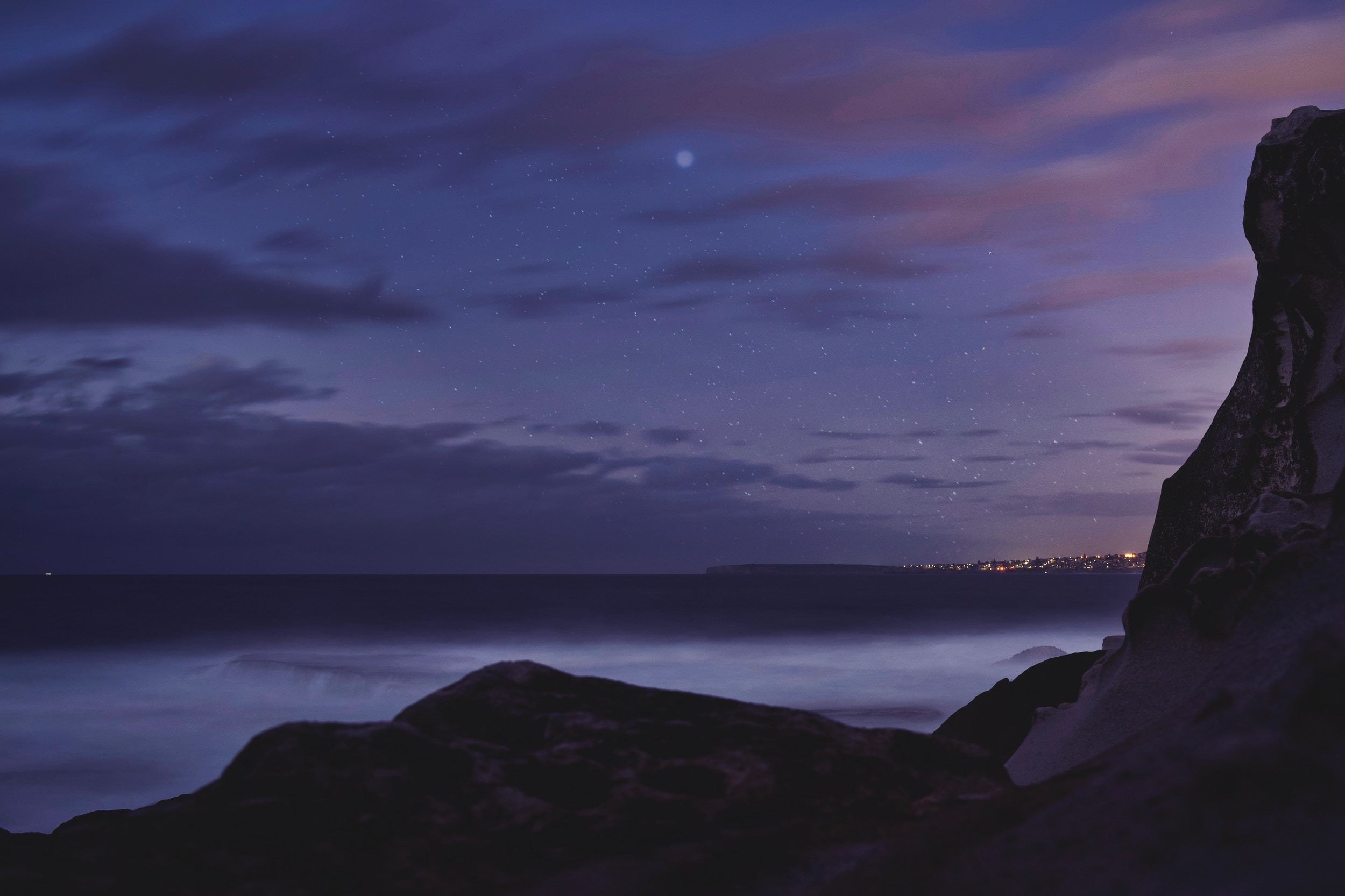Image setup overview

Guidelines for how to setup your images for printing with Digital Works

Our production systems, rendering and output devices have strict rules with regard to file naming and colour modes of images.
To achieve smooth uploads and the professional results you have come to expect from Digital Works, it is important that you follow our image file specifications.
- 8 bit / channel
- RGB colour mode sRGB colour space (see additional notes below )
- DPI 200-300 at the print size required (see additional notes below )
- Save flattened images as jpg level 12, baseline standard.
- No Guide Lines.
- File names must contain only letters, numbers, dashes and underscores
- Allow at least 3-4mm bleed for over sizing. (see additional *notes below)
8 bits / channel files only
If you edit your images in 16 bits / channel, the images must be converted to 8 bits / channel mode before printing. Images supplied on CD (DvD) in 16bit / channel can cause the printer to crash resulting in an interruption to work flow of 30 minutes to power down and restart, therefore images supplied in 16 bits / channel will attract a penalty of $5 per image.
RGB Colour Mode
Prior to submission for printing all files must be in RGB colour mode with No Guide Lines. Greyscale, CMYK, Indexed colour, Lab colour, or Multicolor etc, must be converted back to 8 bits/channel, RGB Colour Mode.
For monochrome prints, we recommend using desaturate as this leaves the image in RGB colour mode. Other methods may also be employed but the saved file however produced must be converted back to 8 bit / channel RGB colour mode prior to submitting for printing.
sRGB colour space
For best colour reproduction, it is highly recommended to save your image in sRGB colour space. If your camera is set to Adobe RGB, we recommend converting to sRGB colour space prior to submission for printing.
Although we can print Adobe RGB images, DW ProMax cannot display images in colour spaces other than sRGB. A profile mismatch issue may be present if you see a colour variation when compairing images in Photoshop and what the Pro-Max program displays.
Dpi (Ppi) and print sizing
It is not necessary to format your images to the print sizes you require, however images which are not proportional to the print size you request, will be cropped around the center axis of the image to suit the required print size as a borderless print. To ensure the image is capable of the print size you require, edit in Photoshop. To check the dpi at the print size you require open the image, select <Image> <Image Size> With Proportional ON and Resample OFF, enter the print dimension as Inches. If the dpi falls below 150dpi the resultant print may suffer from pixelation. With the Resample switched back ON and at your discretion the image should then be Resampled to 200dpi. For the best transfer speed vs quality, resample images to the required print size at 200dpi.
For some products/print sizes, DW Pro-Max will trigger a warning message if images fall below 150dpi.
*Pro-Max Images are not resampled prior to or during upload to our servers. Unnecessarily large images will substantially slow your upload speed and potentially delay your order.
Flattened Jpg Image Files at level 12 Baseline standard with no guide lines
We recommend level 12 Jpg files because they usually have less preparation problems than Tiff files. At level 12 you will not be able notice the difference between Jpg and Tiff files. Jpg files saved at lower levels can suffer from jpg compression artification especially if opened, edited, and saved repetitively. If you insist on using tiffs make sure they are saved as standard tiffs. That is "Image Compression" NONE with No Layers channels, No Guide lines etc. and in IBM (PC) byte order.
File Names
File names containing characters other than letters, numbers, dashes or underscores, can cause issues as they may be used for instructions to the machines computer for special tasks.
The only period (dot, full stop) in the file name should be the one before the file extension. Eg filename.jpg Files with a period in any other position may be rejected as an unknown file specification.
Image file names can be as you wish BUT
Avoid illegal characters in the file name such as * ! ? \ | / " < > : ' . , asterisk, exclamation, question mark, back slash, pipe, forward slash, double quotes, less than, greater than, colon, full-stop, commas, etc.
Bleed
The machine will crop into the image by approximately 2-4 mm to allow for printer over spill. To print edge to edge (borderless) the printing machine must oversize the images while printing to allow for paper drift and roll paper cutting to maintain a print as close to the print size you select as possible. This is especially important to remember if placing logos, text, or borders near the image edges. We recommend a minimum of 7mm or more on all four sides as a respectful distance for any essential elements on all images. (If the print is a panorama, to be mounted, framed, or finished allow substantially more.)
*As a guide all images should be treated as they would be if they were to be framed irrespective of the original intent. Most frames have a rebate of 5-7mm.


